Forums
- Forums
- Duggy's Reference Hangar
- Misc Library
- Tugan LJW7 Gannet
Tugan LJW7 Gannet
Post a reply
- Go to Previous topic
- Go to Next topic
- Go to Welcome
- Go to Introduce Yourself
- Go to General Discussion
- Go to Screenshots, Images and Videos
- Go to Off topic
- Go to Works in Progress
- Go to Skinning Tips / Tutorials
- Go to Skin Requests
- Go to IJAAF Library
- Go to Luftwaffe Library
- Go to RAF Library
- Go to USAAF / USN Library
- Go to Misc Library
- Go to The Ops Room
- Go to Made in Germany
- Go to Campaigns and Missions
- Go to Works in Progress
- Go to Juri's Air-Raid Shelter
- Go to Campaigns and Missions
- Go to Works in Progress
- Go to Skinpacks
- Go to External Projects Discussion
- Go to Books & Resources
-
2 months ago
 Main AdminThe Tugan LJW7 Gannet, also known later as the Wackett Gannet after its designer Lawrence Wackett, was a small twin-engined airliner built by Tugan Aircraft in Australia in the 1930s. It was the first Australian-designed aircraft to enter series production. It was also the first Australian-designed and built aircraft to be taken on strength (put into operational service) by the Royal Australian Air Force.
Main AdminThe Tugan LJW7 Gannet, also known later as the Wackett Gannet after its designer Lawrence Wackett, was a small twin-engined airliner built by Tugan Aircraft in Australia in the 1930s. It was the first Australian-designed aircraft to enter series production. It was also the first Australian-designed and built aircraft to be taken on strength (put into operational service) by the Royal Australian Air Force.
Design and development
Australian aviation designer pioneer Squadron Leader Lawrence J. Wackett's first twin-engined airliner design to be constructed was the L.J.W.7 six passenger highwing monoplane in 1934. At that time Wackett was Manager of the aviation secion of the workshops of the naval dockyards on Cockatoo Island in Sydney Harbour, where aircraft to the size of Avro Ten had been rebuilt and DH.60 Moth components manufactured for the RAAF. Australian record-breaking pilot Sir Charles Kingsford-Smith was a strong supporter of the project, named Cockatoo Dockyard L.J.W.7 Codock and ordered three Codocks to be used by his proposed New Zealand domestic company to be named Dominion Airways. Former RNZAF Sqn Ldr T. W. White was engaged as Chief Pilot and moved to Sydney for Codock flight trials. Kingsford-Smith took delivery of the first Codock VH-URP but the additional two aircraft were cancelled.
Below the Codock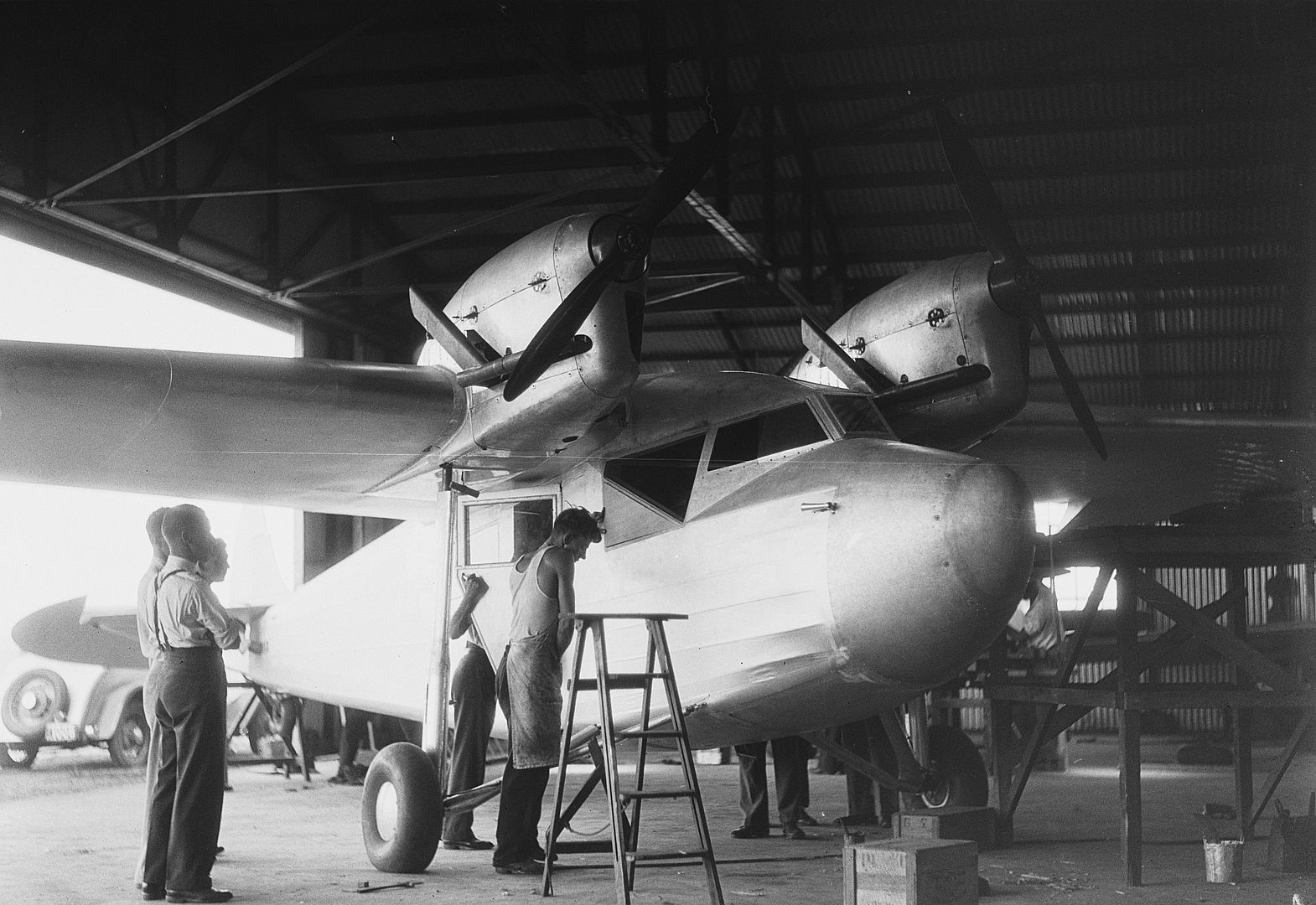
The Gannet was a strut-braced, high-wing monoplane of conventional design, with twin engines mounted in nacelles on the wings. The undercarriage was of fixed, tailwheel configuration with divided main units. The wings were of wooden construction, skinned in plywood, and the fuselage was built from welded steel covered in fabric. The prototype Gannet underwent flight testing in October 1935, and was destroyed in a crash shortly thereafter.The pilot and passengers perished in the ensuing fire, but despite this, the Gannet entered series production.
A total of eight Gannets were built between 1935-1937 at the Tugan Aircraft workshops at Mascot Aerodrome:
TA.52 to TA.56 by Tugan Aircraft Ltd
TA.57 to TA.59 completed after the company was taken over by Commonwealth Aircraft Corporation
The type was operated by Butler Air Transport between Sydney and Broken Hill and at least one flew with Ansett Airways in 1943. RAAF Gannets saw service as survey aircraft between 1935 and 1942 when they were converted into air ambulances for the newly-formed No.2 Air Ambulance Unit.The last RAAF Gannets were scrapped in 1946.
Below C/n TA.52 Tugan LJW-7 Gannet VH-UUZ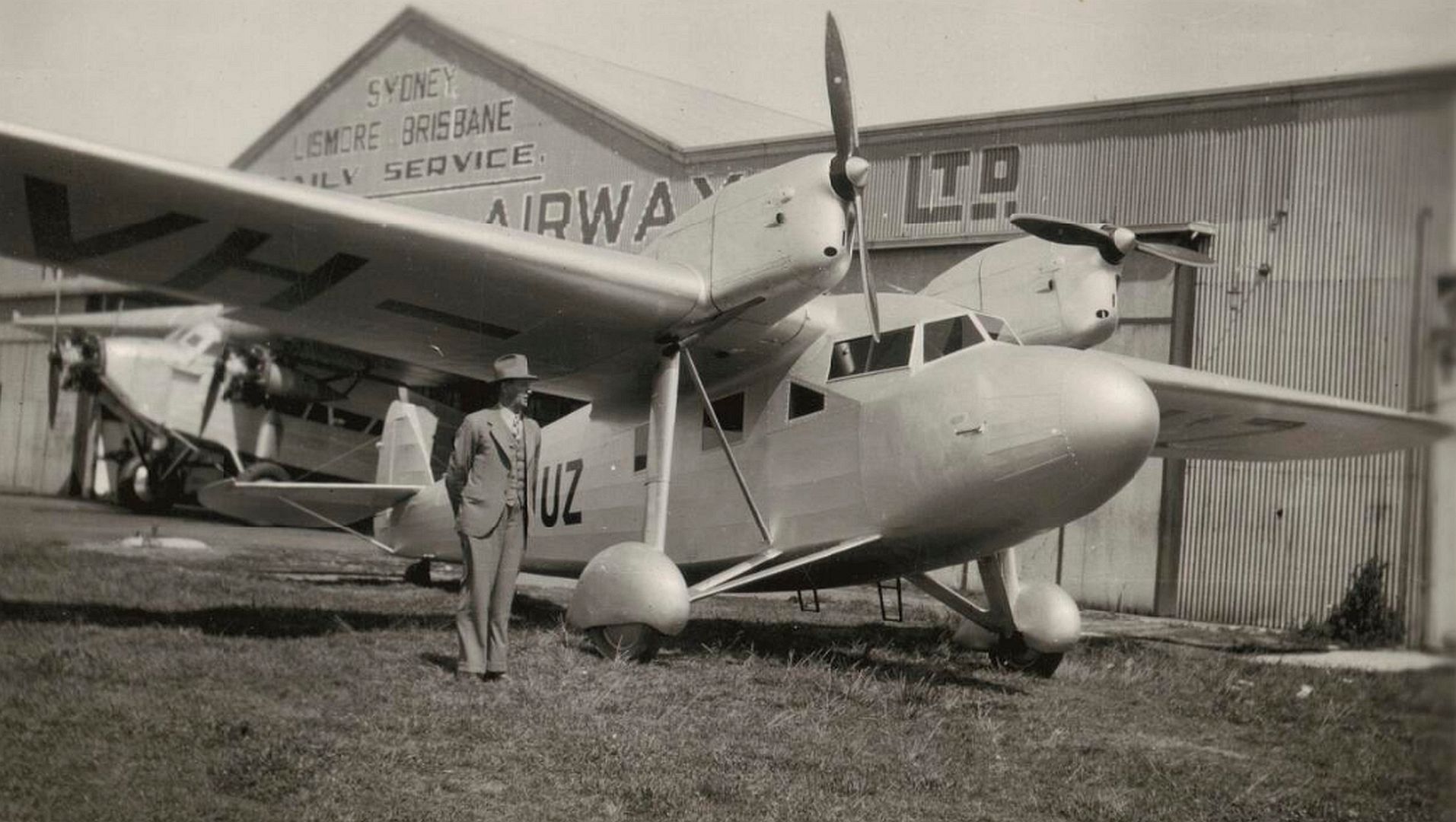
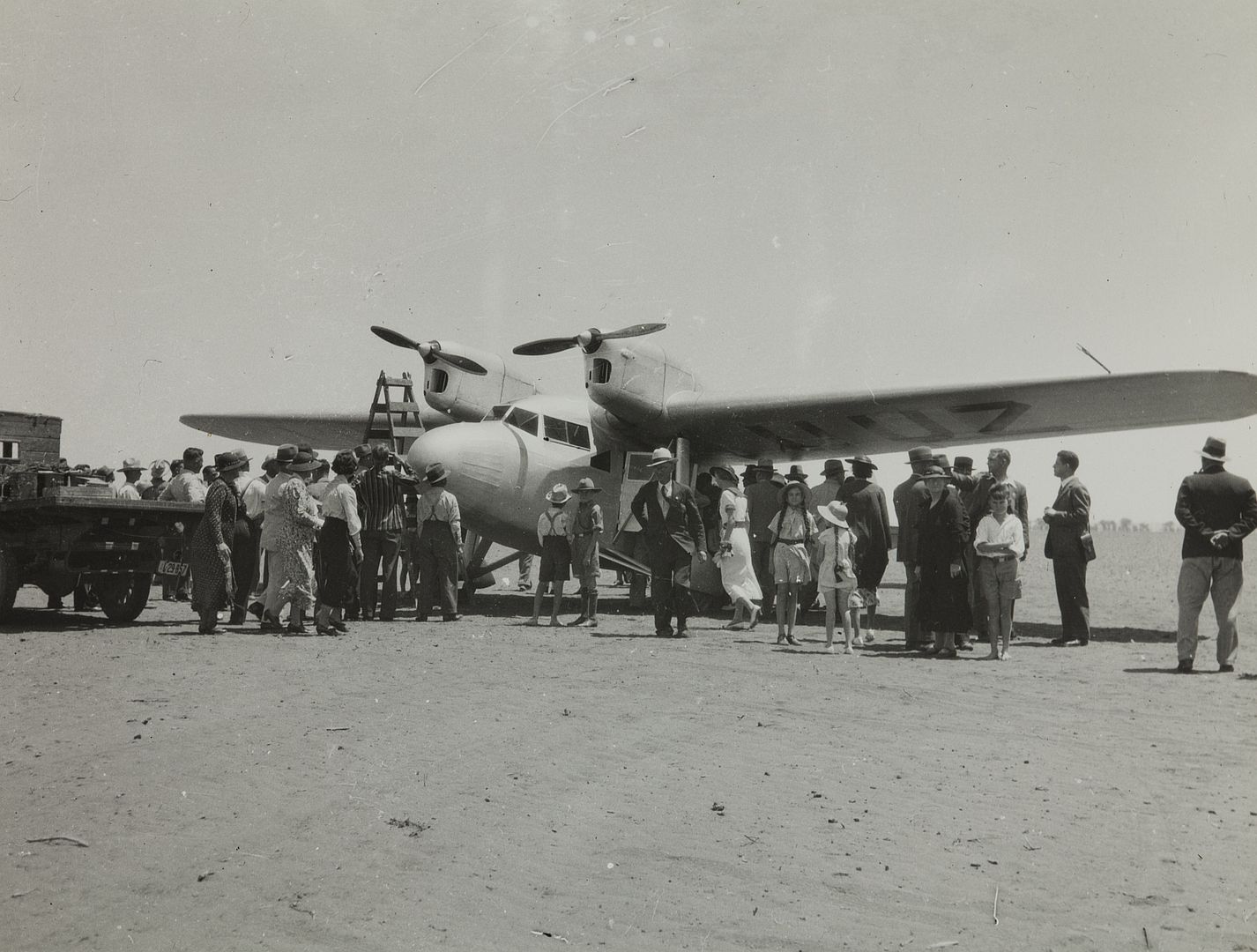
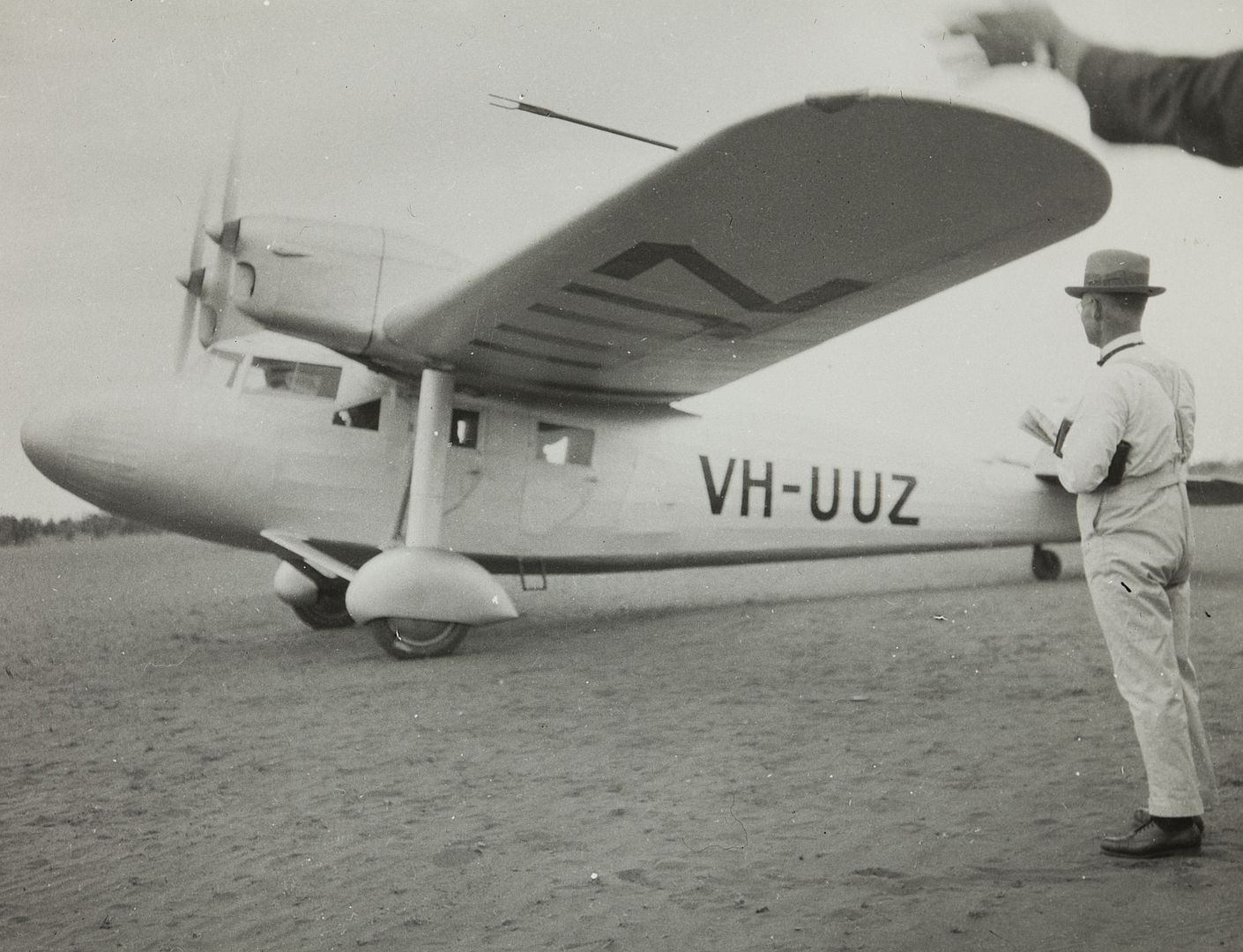
Below C/n TA.53 Tugan LJW-7 Gannet A4-1, A14-1, (VH-ACD), A14-7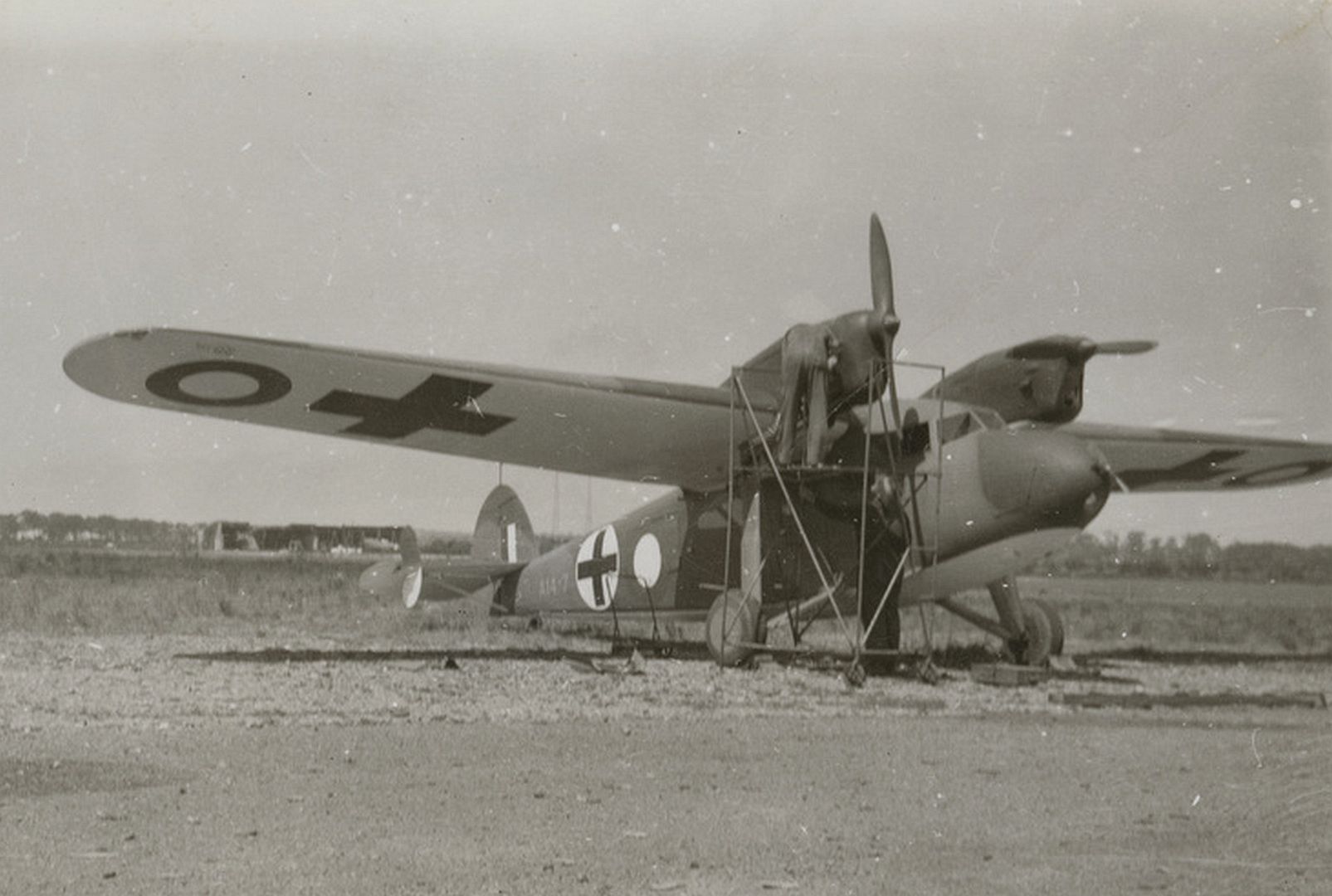
Below C/n TA.54 Tugan LJW-7 Gannet Western Wasp VH-UVU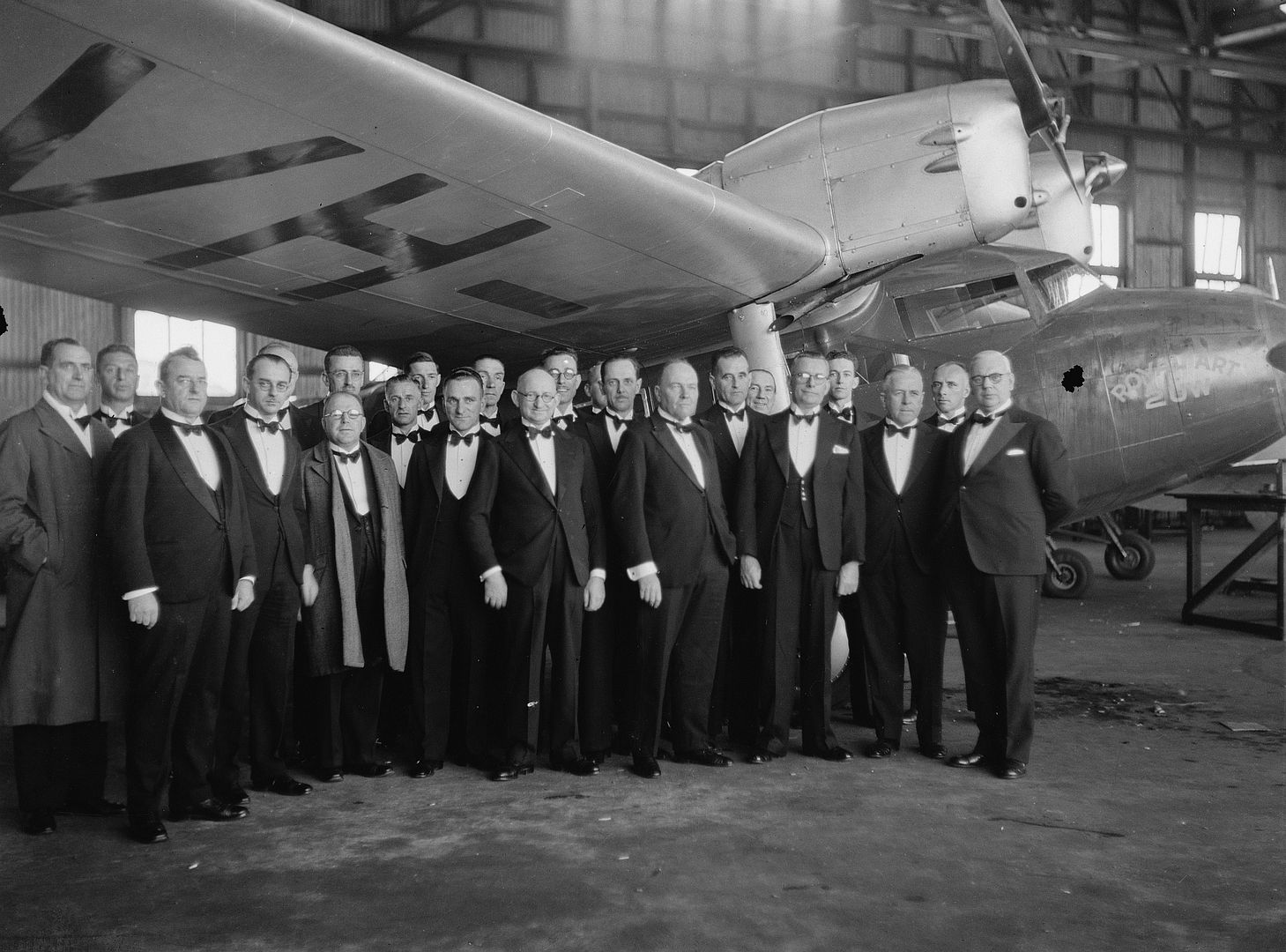
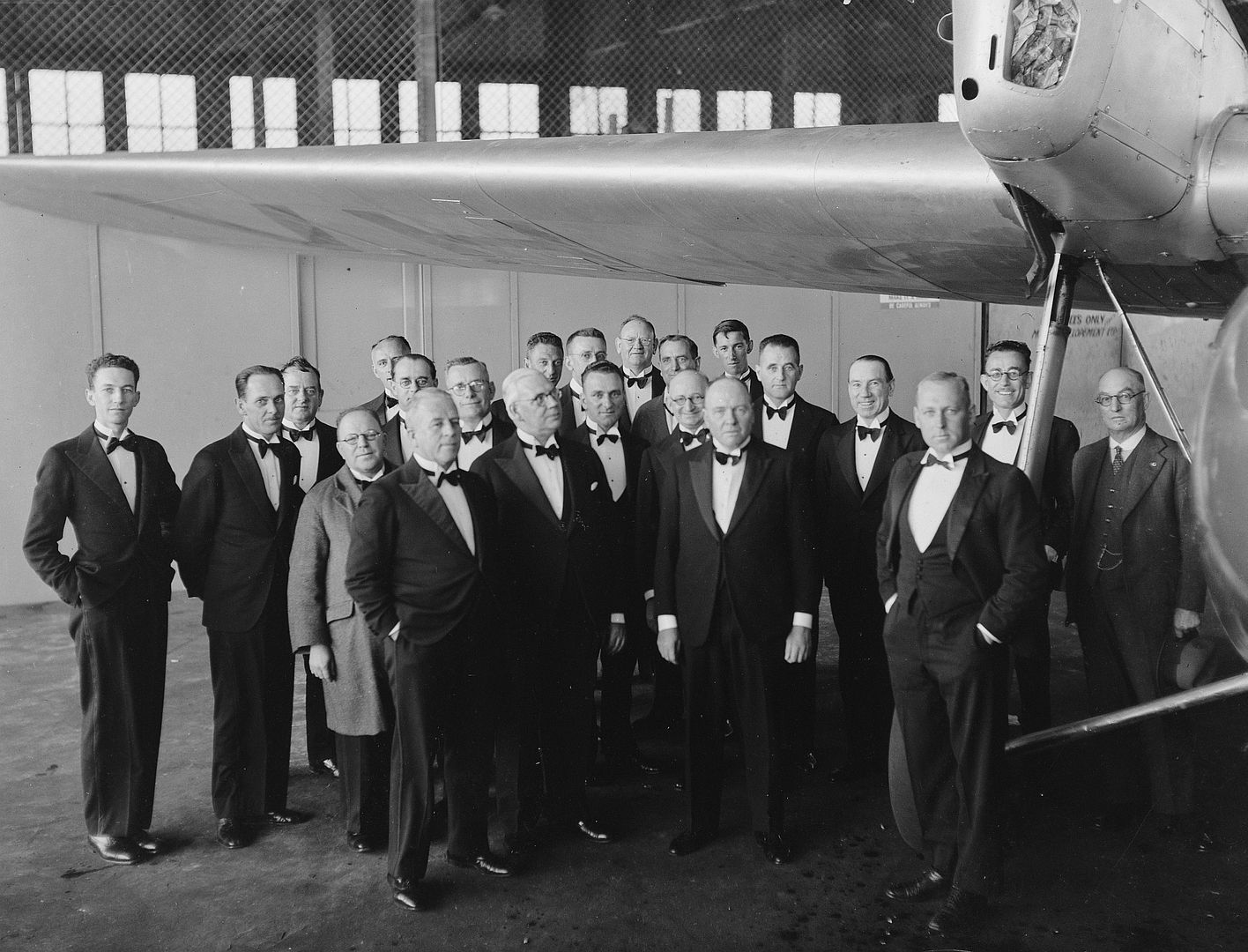
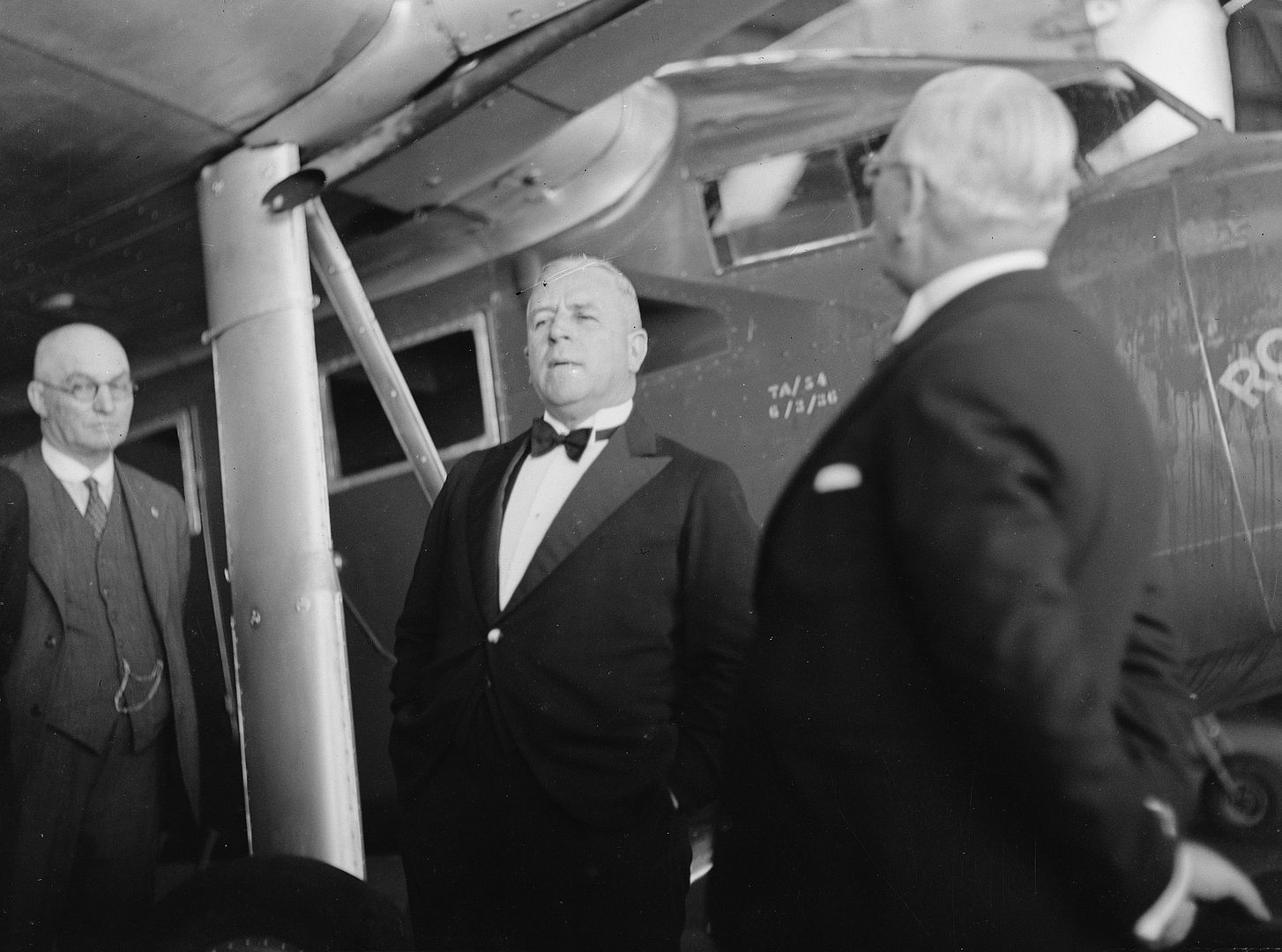
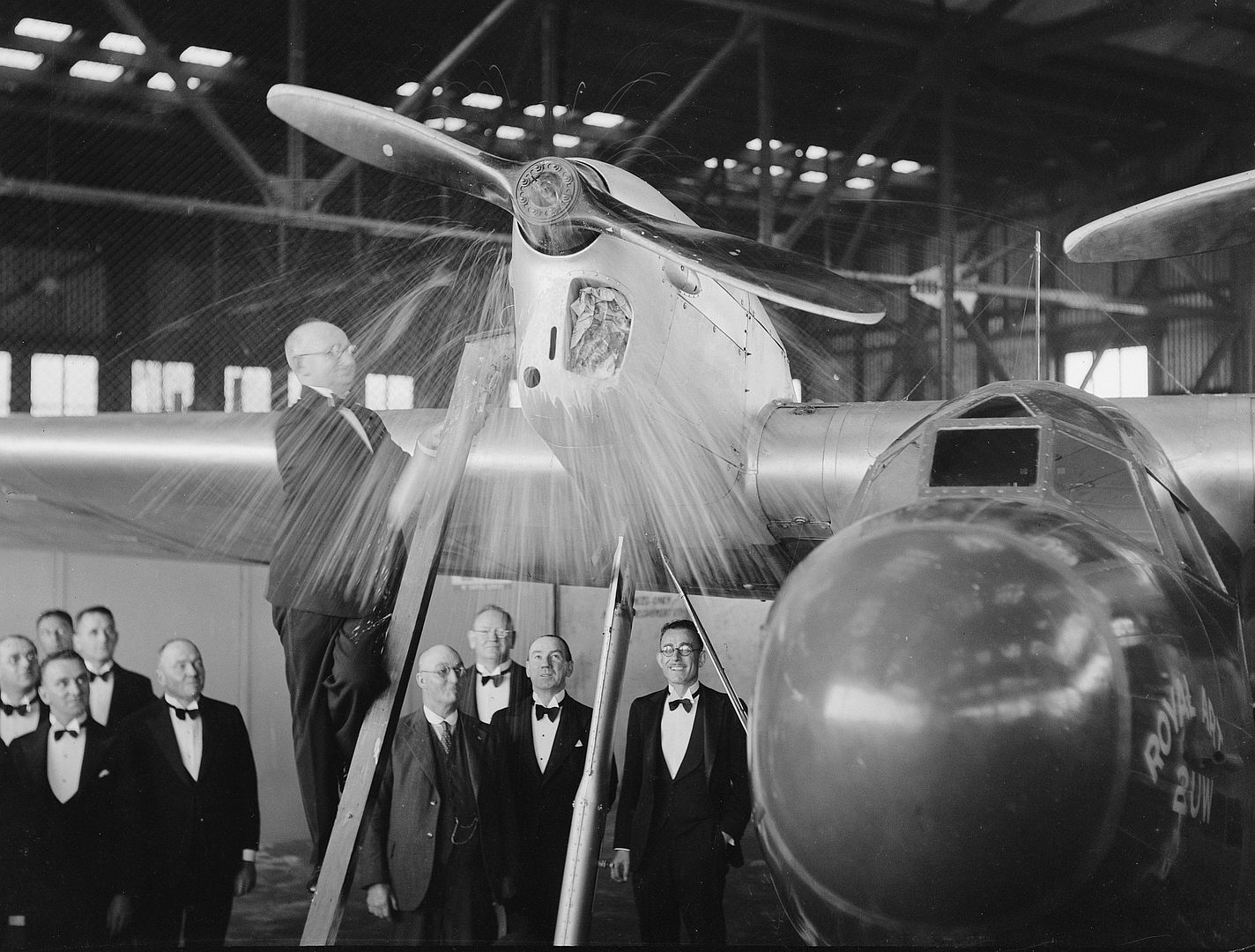
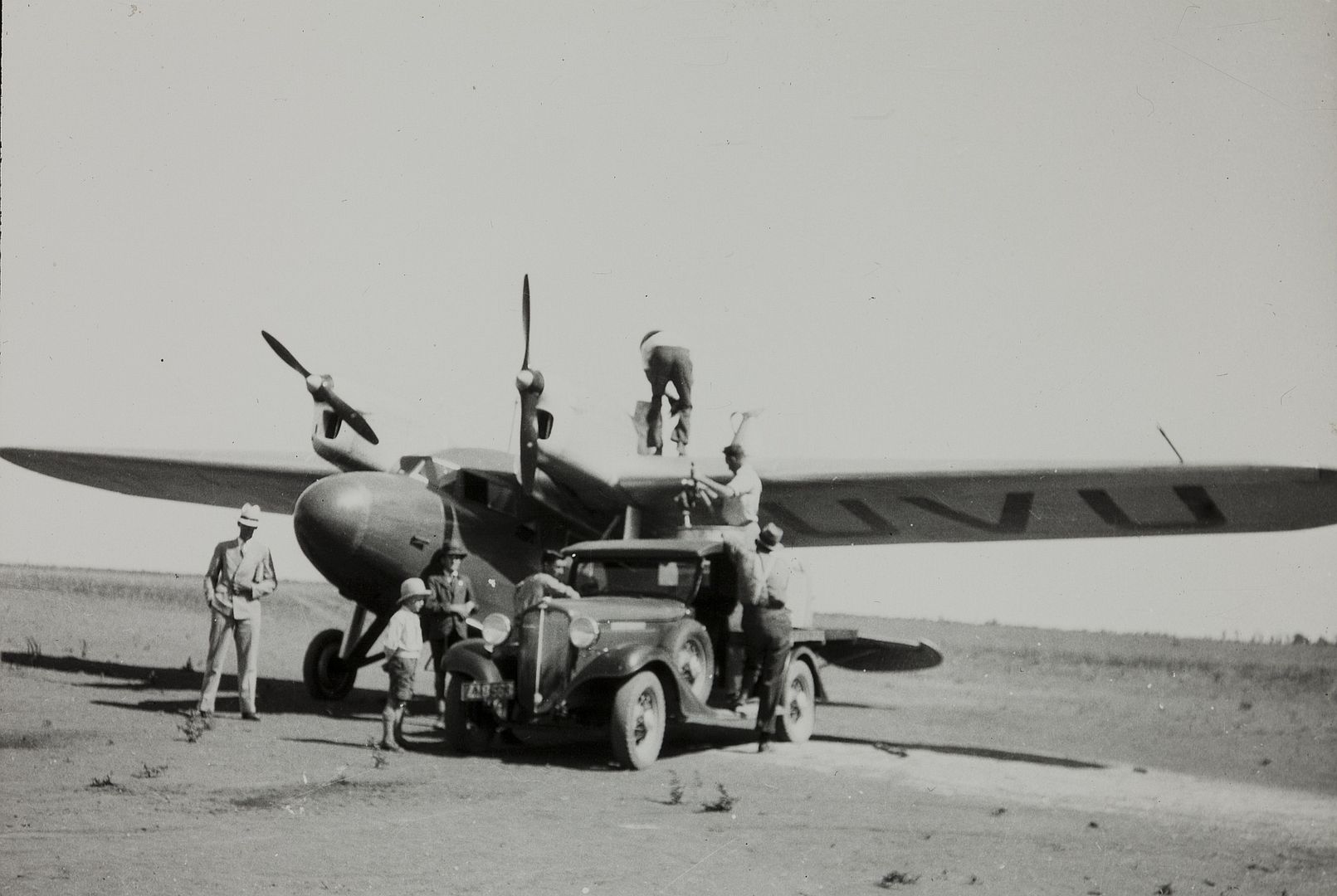
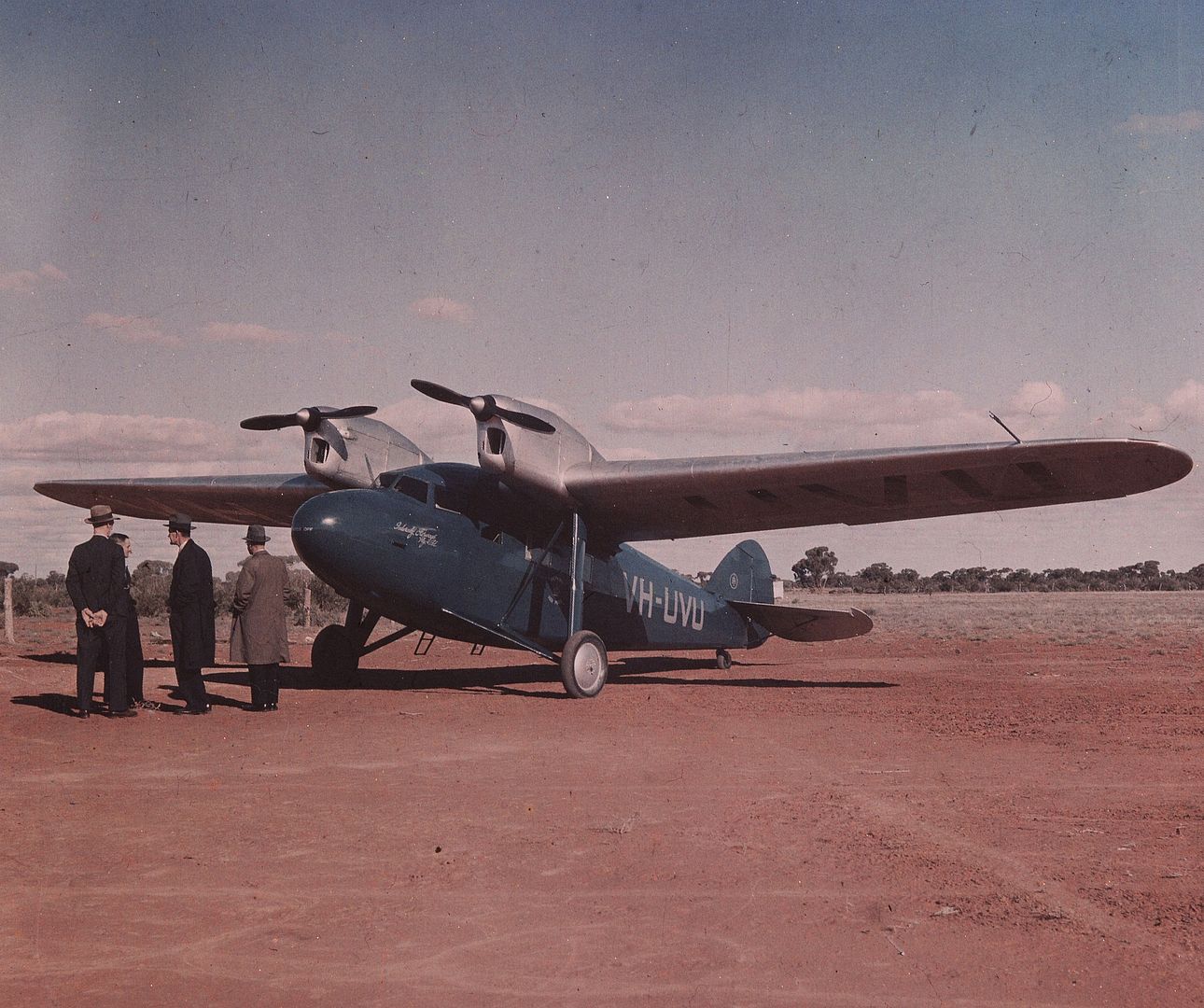
Below C/n TA.55 Tugan LJW-7A Gannet (Menasco engines) VH-UVY, A14-6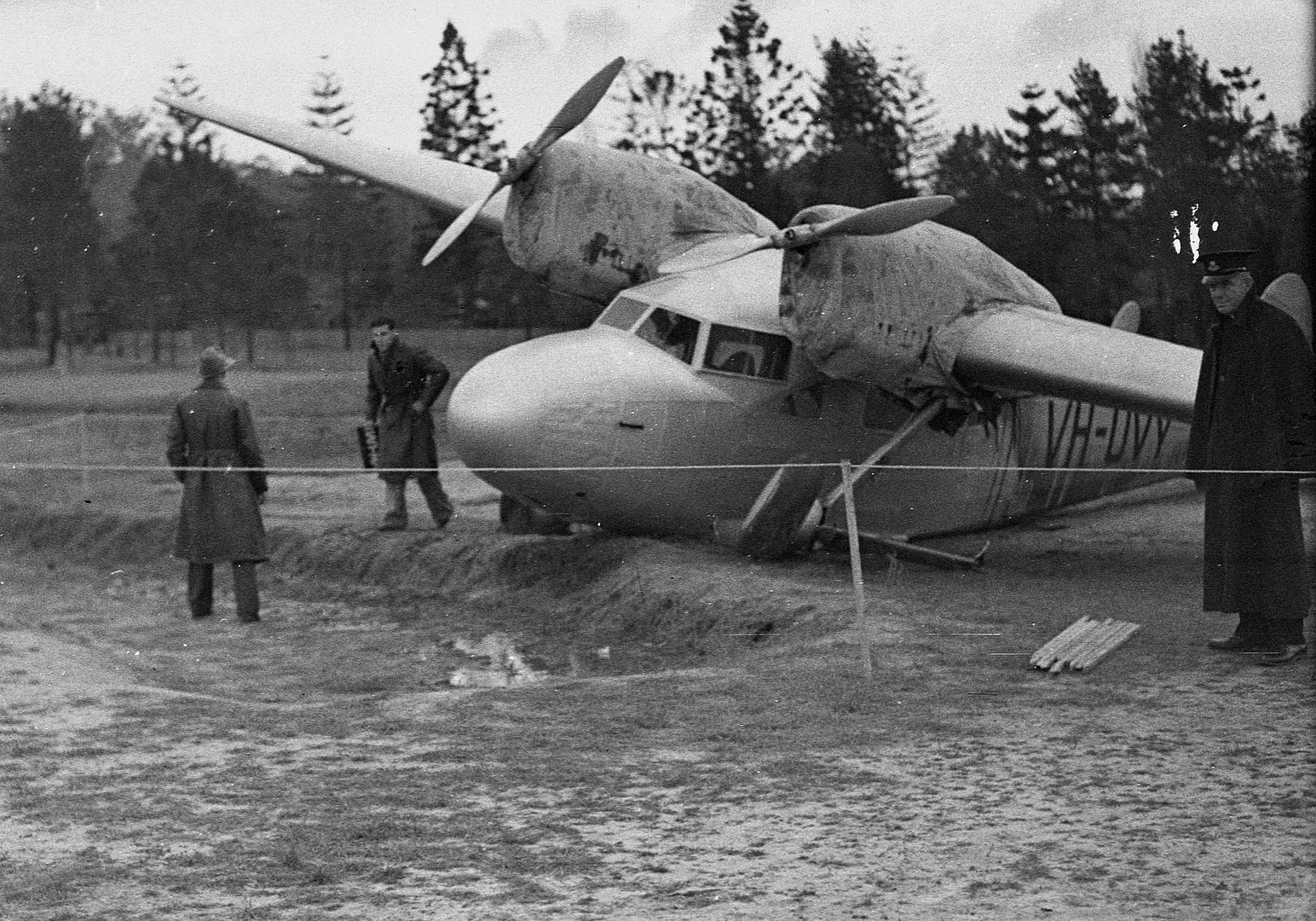
Below C/n TA.57 CAC LJW-7 Gannet VH-UYE, A14-3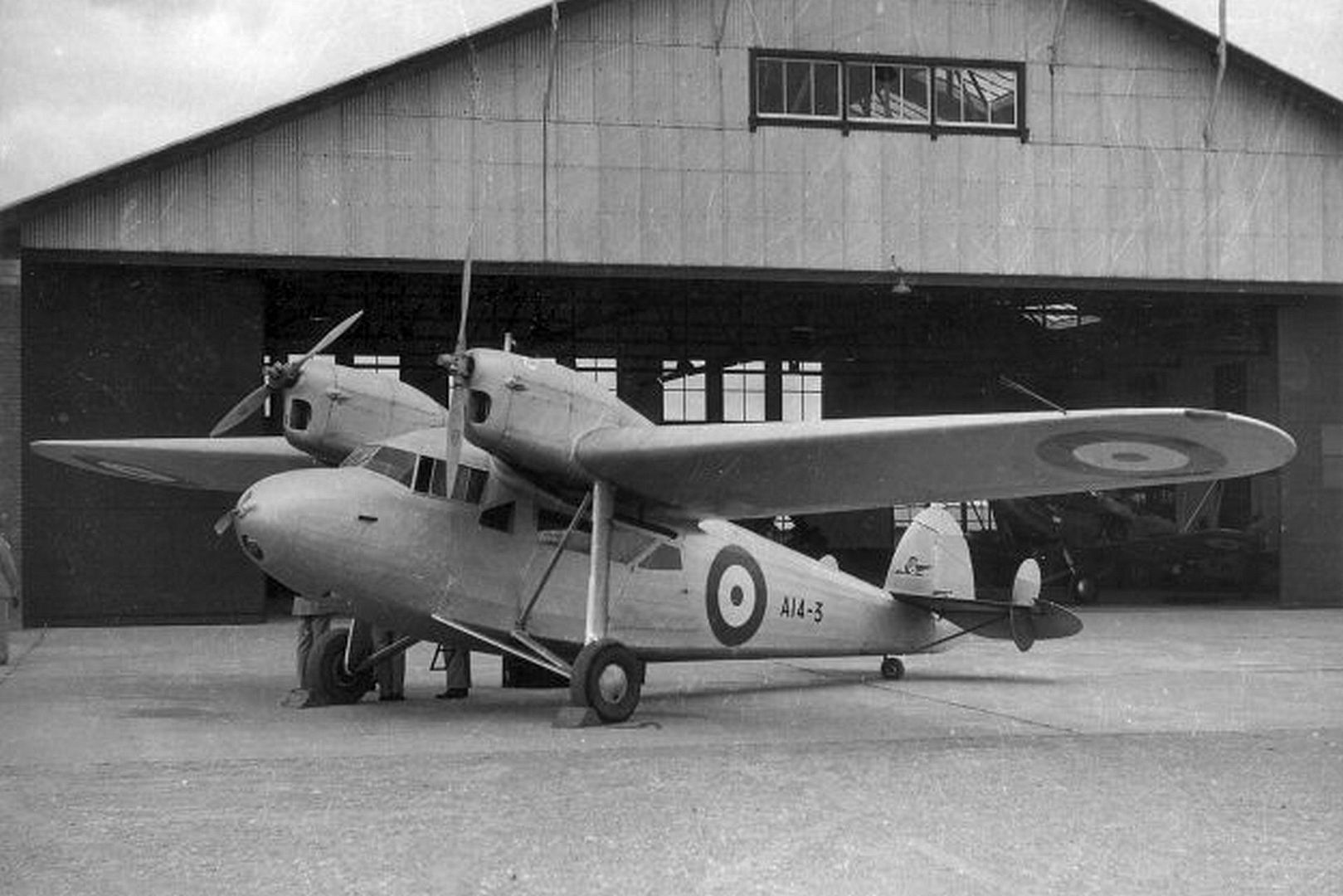
Specifications
General characteristics
Crew: one pilot
Capacity: six passengers
Length: 10.51 m (34 ft 6 in)
Wingspan: 15.85 m (52 ft 0 in)
Height: 3.50 m (11 ft 6 in)
Empty weight: 1,470 kg (3,234 lb)
Gross weight: 2,449 kg (5,388 lb)
Powerplant: 2 × de Havilland Gipsy Six , 150 kW (200 hp) each
Performance
Maximum speed: 240 km/h (150 mph, 130 kn)
Range: 885 km (553 mi, 481 nmi)
Service ceiling: 5,180 m (17,000 ft)
Rate of climb: 4.3 m/s (850 ft/min)
(Text from Wikki)
Post a reply
- Go to Previous topic
- Go to Next topic
- Go to Welcome
- Go to Introduce Yourself
- Go to General Discussion
- Go to Screenshots, Images and Videos
- Go to Off topic
- Go to Works in Progress
- Go to Skinning Tips / Tutorials
- Go to Skin Requests
- Go to IJAAF Library
- Go to Luftwaffe Library
- Go to RAF Library
- Go to USAAF / USN Library
- Go to Misc Library
- Go to The Ops Room
- Go to Made in Germany
- Go to Campaigns and Missions
- Go to Works in Progress
- Go to Juri's Air-Raid Shelter
- Go to Campaigns and Missions
- Go to Works in Progress
- Go to Skinpacks
- Go to External Projects Discussion
- Go to Books & Resources
